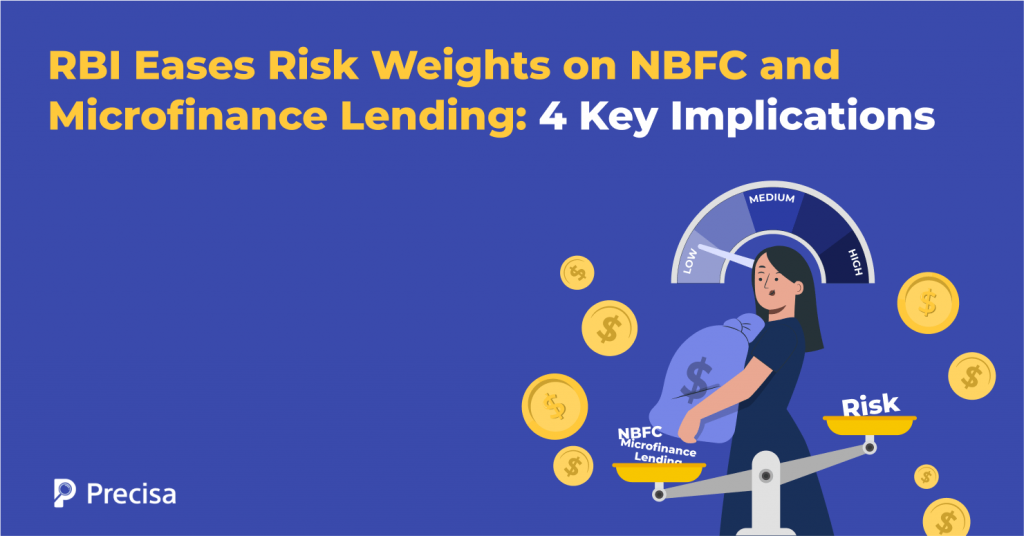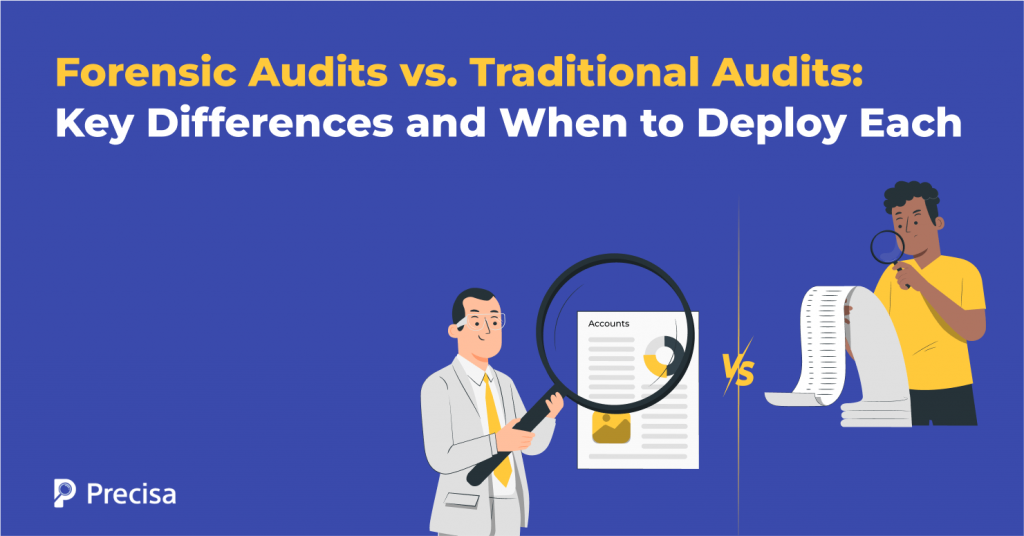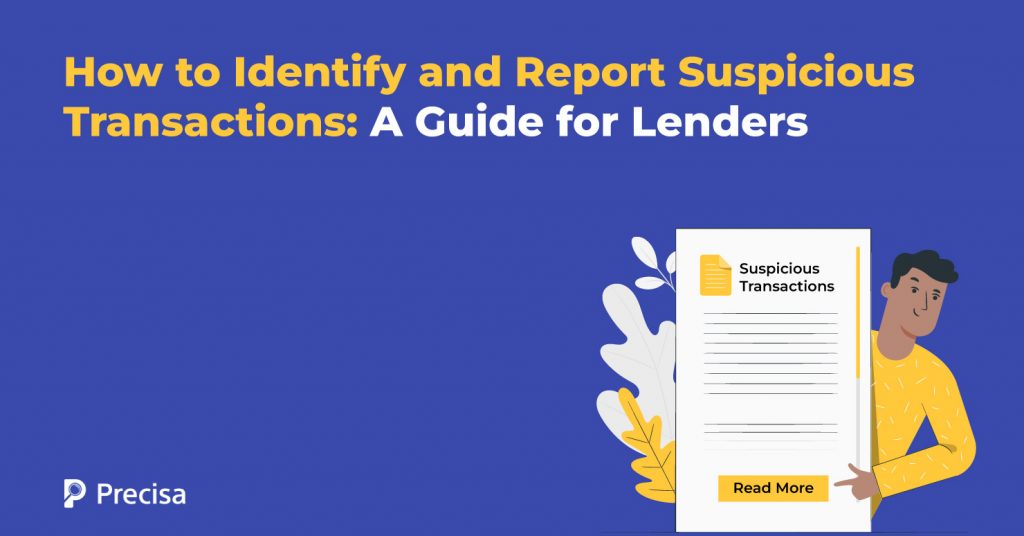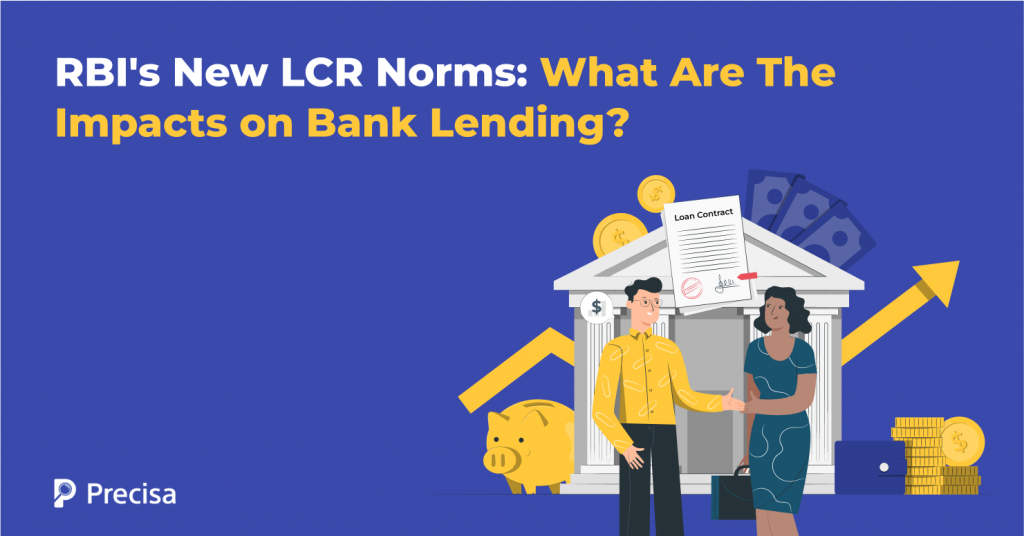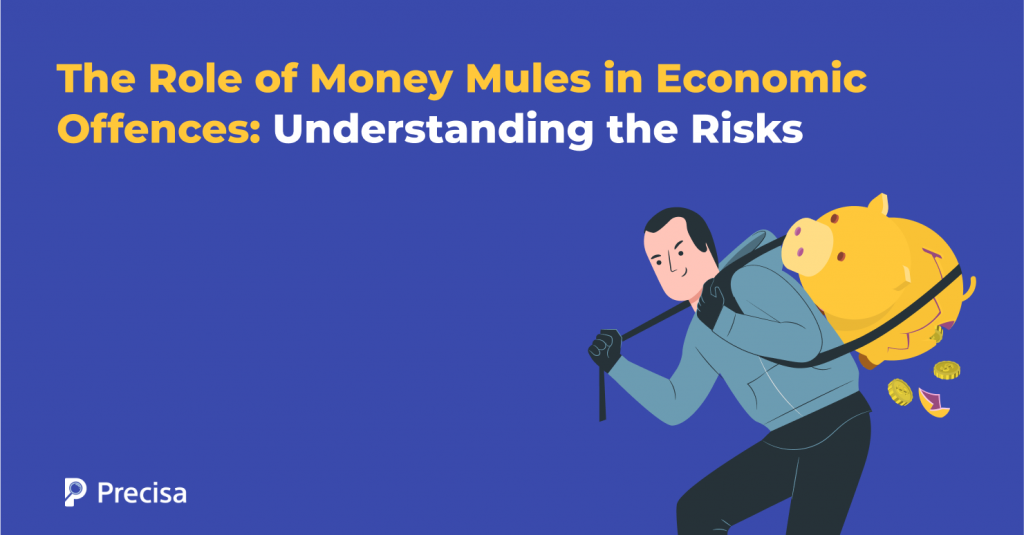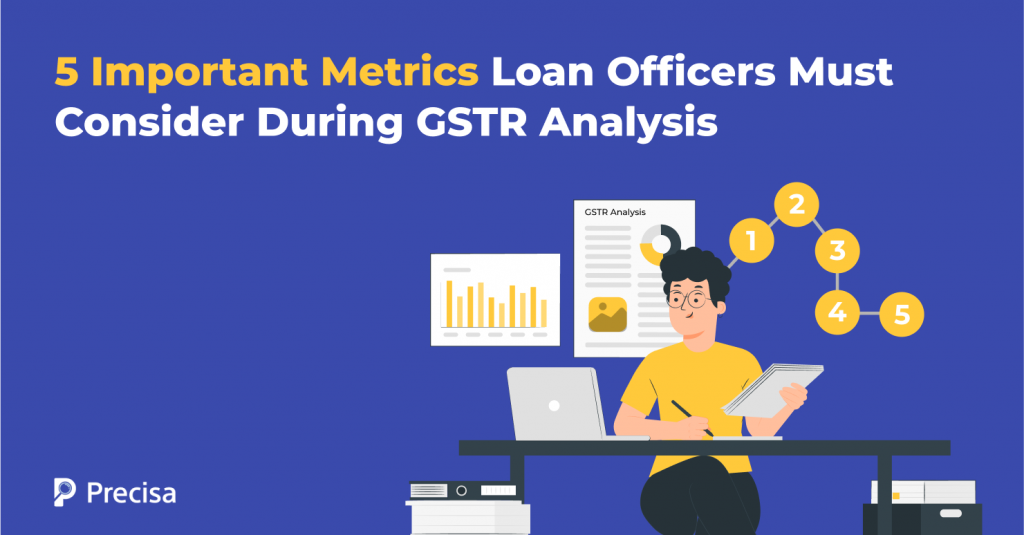By reducing risk weights on lending to microfinance institutions (MFIs) and non-banking financial companies (NBFCs), the Reserve Bank of India (RBI) has indicated a major policy shift. Intended to boost lending availability and, thus, economic growth, this step now modifies the tighter capital requirements introduced in 2023. The new policy reduces risk weights for certain […]
Best Practices for Lenders to Prevent Money Laundering
The Reserve Bank of India (RBI) has continually strengthened its laws against money laundering, levying significant fines on non-complaint banks and financial institutions. However, laundering continues to be a major challenge for India’s financial system, with the nation reportedly losing close to $18 billion each year to such activities. Digital financial growth, especially in the […]
Forensic Audits vs. Traditional Audits: Key Differences and When to Deploy Each
India suffered over ₹11,000 crore in losses to cybercrime in 2024. Stock trading frauds alone accounted for ₹4,636 crore. Tamil Nadu specifically reported losses over this period of ₹1,116 crore. For financial health, traditional audits have long been the norm, but forensic audits are a better choice when legal conflicts or fraud suspicions surface. In […]
How to Identify and Report Suspicious Transactions: A Guide for Lenders
PwC India’s analysis predicts a major increase in digital financial suspicious transactions, with volumes rising from 159 billion in FY 2023-24 to 481 billion in FY 2028-29. This sustained growth pattern indicates that the number of transactions in 2025 will be higher than the 159 billion recorded in FY 2023-24. This trend represents a 3x […]
How Lenders Can Help Combat Economic Offences: A Collaborative Approach
Economic offences in India bear little resemblance to its past avatar. Traditional theft and forgery have given way to sophisticated digital attacks, creating unprecedented challenges for lending institutions. The RBI’s report puts this into perspective—banking frauds cost the sector ₹21,367 crores in the first half of the FY 2024-25, with digital platforms taking the hardest […]
RBI ‘s New LCR Norms: What Are The Impacts on Bank Lending?
Banks and financial institutions (FIs) play an integral part in keeping the wheels of the economy running smoothly. The Reserve Bank of India (RBI) serves as the central nerve point, as it maintains economic and financial stability by continuously monitoring financial institutions. Occasionally, you may encounter announcements from the RBI regarding changes made in monetary […]
The Role of Money Mules in Economic Offences: Understanding the Risks
As economic offences get more penetrative and sophisticated, financial institutions across the world face increased threats. One of the methods opted for such offences is the exploitation of money mules. This touches financial institutions, businesses, and governments globally, raises questions from the regulatory side, and brings instability to the financial system. NCRP reported that around […]
5 Important Metrics Loan Officers Must Consider During GSTR Analysis
India’s flourishing economy hinges on the success of its ~40 million Micro, Small, and Medium Enterprises (MSMEs), which contribute nearly 30% to the country’s GDP and about 45% to its exports. However, a few persistent roadblocks, including access to timely credit, continue to hinder MSMEs’ potential growth and scalability. For lenders, evaluating the creditworthiness of […]
8 Best Practices for Conducting Forensic Audits in Lending
The rising incidence of corporate scams has the potential to destabilise Indian businesses and the economy, especially given the high-profile cases, such as the Satyam Computer Services scandal, the PNB fraud, and the IL&FS crisis. For lending institutions, the risks are even higher. The Reserve Bank of India reported frauds totalling ₹30,252 crore in FY […]
4 Ways Bank Statement Analysis Helps Lenders Fast-track and Streamline Loan Applications
The Indian digital lending industry grew at an impressive CAGR of around 132% driven by emerging and convenient digital models, government initiatives, and evolving customer behaviours. With the number of smartphone users expected to surpass 1.55 billion by the end of 2040 in India, the volume of digital lending is also tipped to witness exponential […]

